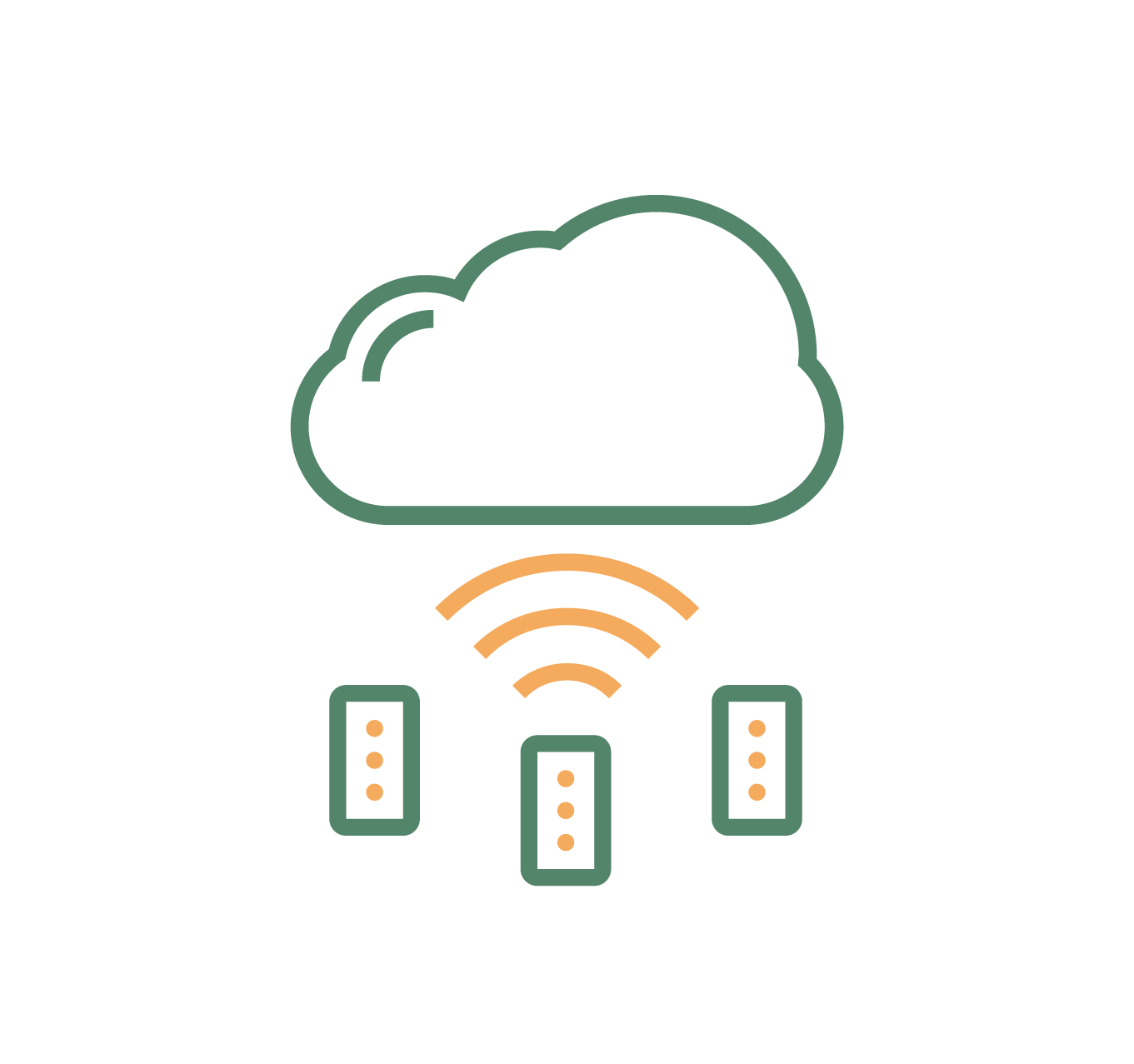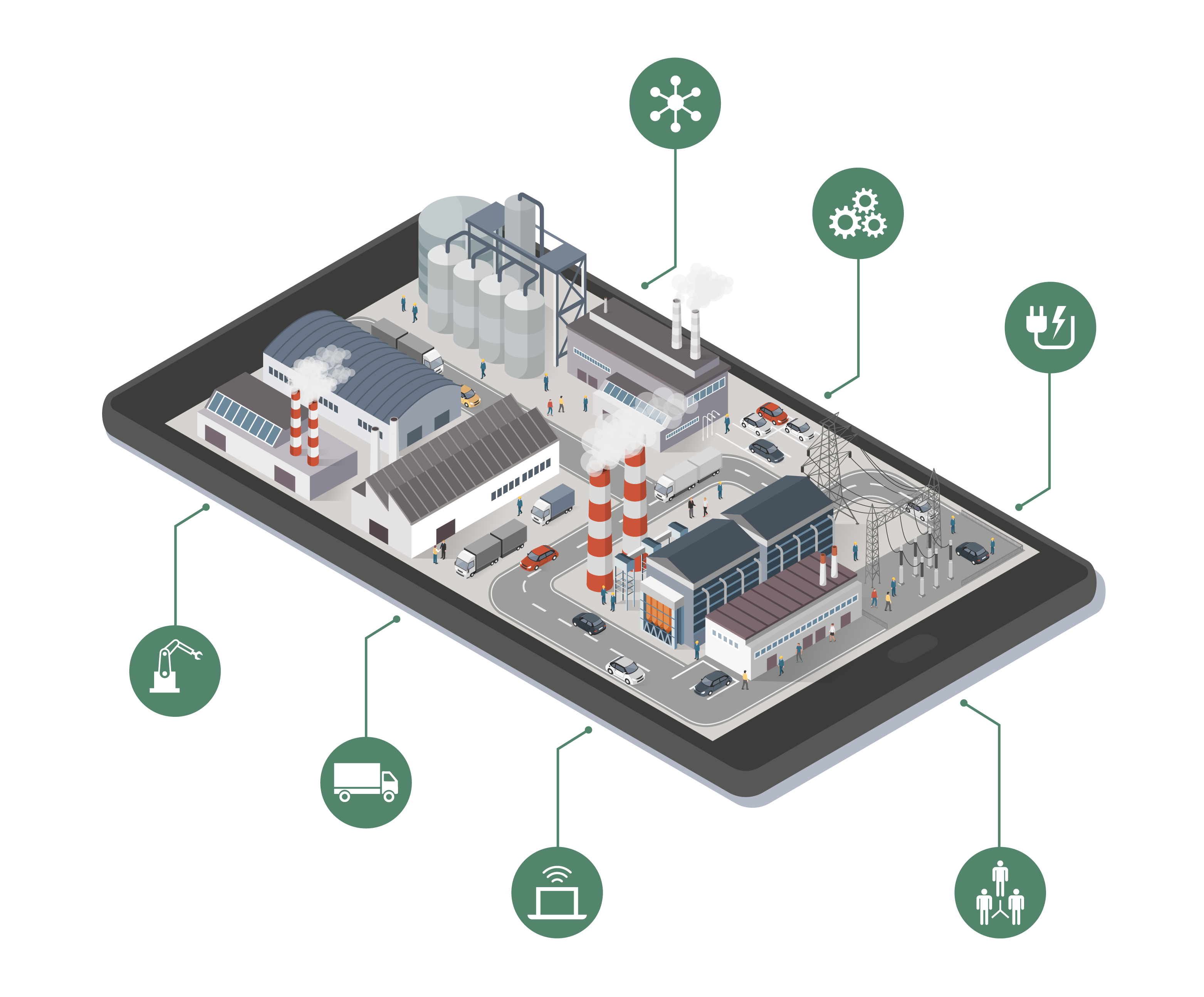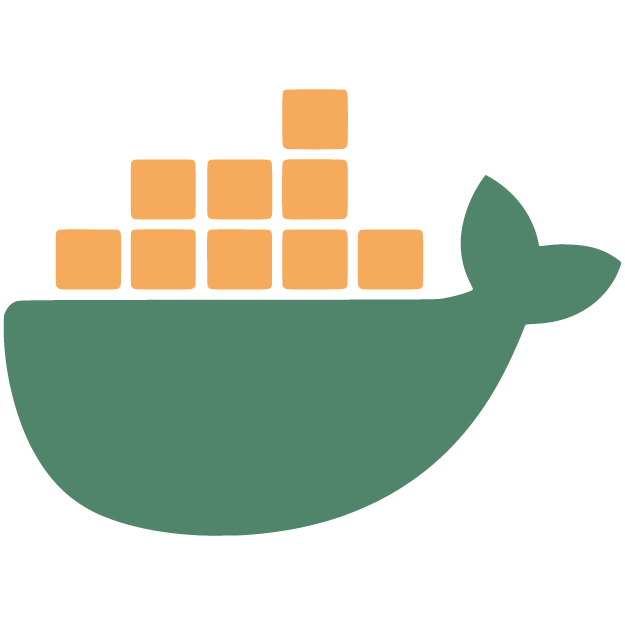Lightweight data communication – directly at the machine
Edge and edge computing are terms from the world of industry that refer to the processing and storage of data close to where it originates. Data is collected directly from the machine at the edge of the network instead of being processed centrally in remote data centers. This approach has gained traction in recent years due to the increasing demand for real-time data processing and low latency. In this article you will learn everything important about edge and edge computing.

Table of contents
Lightweight data communication – directly at the machine
Edge and edge computing are terms from the world of industry that refer to the processing and storage of data close to where it originates. Data is collected directly from the machine at the edge of the network instead of being processed centrally in remote data centers. This approach has gained traction in recent years due to the increasing demand for real-time data processing and low latency. In this article you will learn everything important about edge and edge computing.

Table of contents
1. What is Edge?
In industry, the term edge refers to the origination and processing of data near its point of origin. Edge serves as an important interface between local networks and larger networks such as the Internet and plays a crucial role in data transmission and processing in networked systems. Thus, it enables interaction between different devices and services in a network and forms the basis for the functioning of applications and services, whether in enterprises, the Internet of Things (IoT), telecommunications or other areas.
2. What is Edge Computing?
Edge computing is an advanced concept in information technology that aims to move data processing and analysis closer to where the data originates, rather than performing it in central data centers or the cloud. This decentralized approach enables lower latency, better data security and more efficient use of network bandwidth. Edge computing plays a critical role in applications that require fast, real-time processing, such as autonomous driving, IoT applications and smart factories. It enables faster response to events and helps meet the increasing demands for data processing in an increasingly connected world.
3. How Edge Computing Works?
Edge computing moves data processing and application execution closer to the point of data collection. Instead of sending data to central data centers or the cloud, local processing and analysis of data occurs at the edge, close to the data source, such as IoT devices or sensors. This enables lower latency, as data does not need to be transmitted over long distances, and real-time responses to events. Processed information can then be routed as needed with middleware to central servers or other systems, where more comprehensive analysis and storage can take place. Edge computing optimizes data processing and analysis for applications that require rapid response and efficient use of network resources.
Edge-Communication protocols
Edge devices have various communication capabilities to exchange data with other devices, servers, or the cloud. Two common protocols often used in edge computing applications are MQTT (Message Queuing Telemetry Transport) and REST (Representational State Transfer).
MQTT is a lightweight, message-oriented protocol that is particularly suitable for communication between devices in IoT and edge environments. It is based on the publish-subscribe model, where devices send messages to specific “topics” and other devices interested in those topics can receive the messages. This enables efficient and reliable real-time communication between edge devices and other systems. MQTT is resource-efficient, which is beneficial for edge devices with limited resources.
REST is an architectural style for communication between systems using the HTTP protocol. It uses standard HTTP methods such as GET, POST, PUT, and DELETE to access and manipulate resources. RESTful APIs are widely used and are often used in web applications and cloud-based systems. Edge devices can use REST to send and retrieve data from servers or cloud services via HTTP requests. REST is easy to implement and well understood, which facilitates its use in various environments.
4. Practical Use
Edge computing offers numerous advantages in various industries and fields of application. In the automotive industry, it increases the safety of autonomous vehicles, while in industrial automation it optimizes production processes and minimizes unplanned downtime. In IoT, it enables efficient processing of data from networked devices, while in healthcare it enables real-time monitoring of patients. In retail, it enables real-time analytics of customer behavior, while in the oil and gas industry it increases efficiency on remote sites.
In all of these industries, edge computing provides a critical solution for addressing real-time data processing and analytics requirements.
5. Safety of Edge Computing
Edge computing offers a number of advantages in terms of security:
- Local data processing: because data is processed locally at the edge, the need to transmit large amounts of sensitive data over insecure networks is reduced. This minimizes the risk of data leakage or loss during transmission.
- Lower latency: The low latency of edge computing enables faster response times to security events. This is critical for detecting and responding to threats in real time.
- Relieve network congestion: Processing data locally at the edge conserves network bandwidth. This helps avoid network congestion and protects against distributed denial of service (DDoS) attacks.
- Security zone isolation: Edge devices can form self-contained security zones where data and processes can be isolated. This reduces the risk of attacks where attackers attempt to access the entire network from one edge device.
- Redundancy and resilience: Edge systems can be configured to be robust against failures and attacks. If one edge device fails, another can take over to ensure continuity of computing.
Overall, edge computing helps improve security by bringing the processing and analysis of data closer to the point of origin, while facilitating the integration of security measures. This is especially important in security-critical applications and industries where data privacy and security are of paramount importance.
6. Edge Computing vs. Server structure
The server structure and edge computing are two different approaches to managing and processing data in a company’s IT infrastructure.
In a traditional server structure, data processing takes place in central data centers or cloud servers, which are often far away from the data sources. In contrast, with edge computing, data processing occurs closer to the source where the data is generated. This enables extremely low latency, which is critical for applications that require instantaneous responses. Less data needs to be transmitted over the network, which improves network load and efficiency. Edge servers are more flexible and can scale more easily to respond to changing demands without significantly impacting central resources. Organizations have more control over their data and can monitor and protect it more closely, which contributes to data security and compliance with privacy regulations.
The choice between a traditional server structure and edge computing depends on an organization’s specific needs. In many cases, a combination of both approaches may be the optimal solution, depending on the application requirements. While the server structure provides centralized processing and storage of data, edge computing offers the ability to run real-time applications and data-intensive tasks closer to the point of data
7. History
Edge computing has its roots in the development of network technologies and distributed systems dating back to the 1970s. In the 1990s, client-server architecture established itself as the common model for computing, followed by the era of cloud computing, which drove the centralized server structure. The rise of the Internet of Things (IoT) and the huge increase in data volumes from networked devices brought the realization that traditional centralized server structures were no longer sufficient. This led to a return to distributed computing, known as edge computing. Edge computing has become particularly important in industrial and manufacturing applications, as well as in areas such as autonomous driving and telecommunications. The evolution of edge computing is closely linked to technological advances and changing computing requirements. In an increasingly connected world, it will play an important role in addressing real-time requirements and optimizing data processing in various industries.
8. Edge Devices
Edge devices, or edge appliances, are specially designed hardware components that play a central role in the concept of edge computing. They are located in close proximity to the data source and have powerful processors and connectivity options. With built-in sensors, they can collect data, are robustly built, and enable local processing of data. These devices are critical for rapid data acquisition, processing and analysis at the point of data collection, and they can be found in a variety of industries and applications, including industrial, surveillance and autonomous driving.

9. Docker Technology
Docker is a containerization technology that allows developers to package and run applications and their dependencies in lightweight containers. These containers are portable and isolated so they can run consistently on different operating systems and in different environments. Docker has revolutionized the way applications are developed, deployed, and scaled by accelerating development processes, using resources more efficiently, and improving environment isolation. This has led to widespread adoption in software development and DevOps.
Docker is also critical for edge computing as it provides the ability to run container applications on edge devices, ensuring consistency and portability of applications between edge and cloud environments. This greatly simplifies the deployment and management of applications on edge devices.
10. Deployment on Edge Devices
Deployment to edge devices is the process of deploying applications and software to the distributed edge devices in an edge computing network. Unlike traditional cloud-based deployments, this approach requires special considerations. These include containerization of applications, consideration of variable connectivity, scalability, monitoring and security considerations. Adapting software to the limited resources of edge devices is important, as is implementing versioning and enabling rapid rollbacks. Overall, deployment plays a central role in the successful use of edge computing applications in various industries by ensuring that applications function efficiently and reliably on distributed edge devices.
11. Application examples Edge Devices
Edge devices are critical to the use of edge computing because they enable data collection, processing, and decision making in close proximity to the data source. Here are some examples and use cases where edge devices play an important role:
- IoT (Internet of Things): Edge devices are widely used in IoT applications. Sensors and actuators in networked devices such as smart thermostats, surveillance cameras, intelligent traffic systems and industrial machines collect data and process it locally. This enables rapid response to events and reduces data transmission requirements.
- Autonomous driving: Vehicles are equipped with edge devices that process sensor data such as radar and lidar data in real time. This is critical for fast decision making and safety in autonomous vehicles.
- Industry 4.0: In industrial automation, edge devices are used in factories to collect machine data and analyze it on site. This enables real-time control of production processes and prediction of maintenance needs.
- Smart Cities: In urban environments, edge devices collect and process data from various sources, such as traffic surveillance cameras, environmental sensors and smart lighting systems. This helps improve urban efficiency and quality of life.
- Telecommunications: edge devices are used in telecommunications networks to optimize data traffic and minimize latency in 5G networks. This improves the performance of applications such as augmented reality and virtual reality.
- Healthcare: In medical applications, wearable devices and medical sensors are used as edge devices to monitor and relay real-time health data to medical professionals.
These edge devices are able to process data, make decisions, and forward only relevant information to central servers or the cloud when needed. This helps conserve bandwidth, improve data security and enhance the performance of applications that require rapid response. Overall, edge devices play a central role in the implementation of edge computing in various industries and use cases.
Edge computing in practice
Edge computing, in practice, offers the ability to process data close to the source, reducing latency and enabling applications to respond faster. It also enables better data security and bandwidth efficiency, as less data needs to be transported over the network.
In practice, this allows machine data to be transferred quickly and effectively to other devices and systems. Using middleware, such as OPC Router, the machine data can then be transferred to different cloud environments, ERP systems or databases. Other field-level devices, such as scales or printers, can also be connected in practice with middleware. In this way, edge computing can be used to quickly and efficiently establish an automated data transfer directly at the machine. This can then be easily scaled at any time using edge computing and the OPC router as middleware.
More information
Read what middleware is and how it can help your business. In our “What is Middleware?” article, you’ll learn all about how it works, its advantages, and how it’s used in practice.
Learn more about Docker and how it can help optimize your business. Read our post about Docker to learn everything you need to know.
Read how the use of the OPC Router from inray at the bicycle manufacturer corratec creates fail-safety and avoids downtimes. The OPC Router creates more transparent data transfers from the ERP system to the control level.
Further interesting articles on the topics of Industry 4.0, cloud, technology, alerting and practical application examples as well as case studies can be found in our Knowledge Base.



